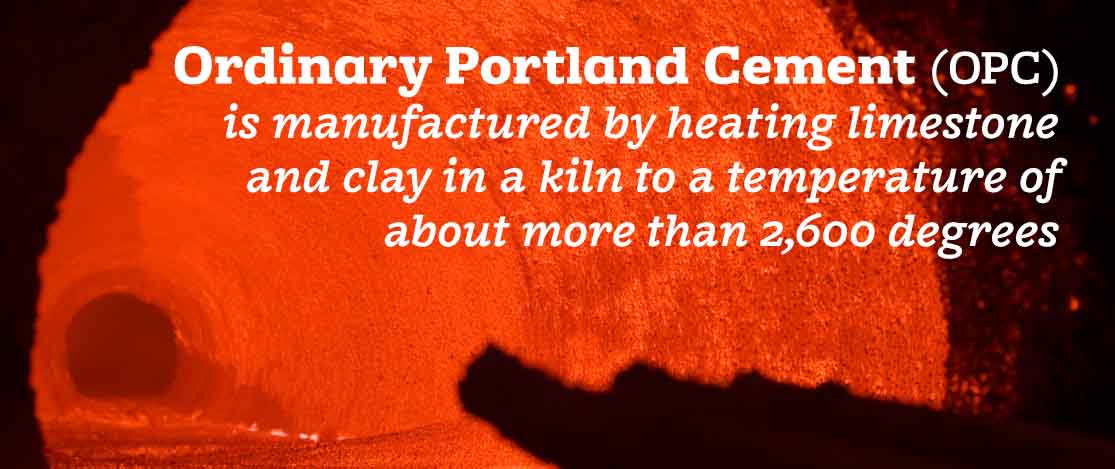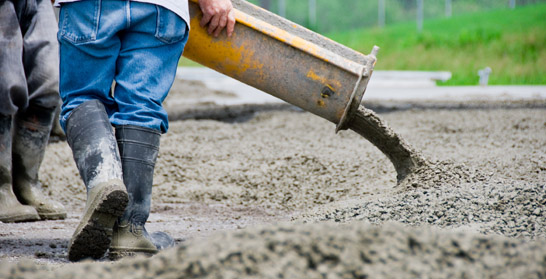Portland is the name used by Joseph Aspdin, a bricklayer in the English city of Leeds who patented his own highly successful cement blend back in 1824. Portland cement was harder and stronger than previous mixes. Though his original version has changed over the years, the name remains.
Modern Cements
Ordinary Portland cement (OPC) is manufactured by heating limestone and clay in a kiln to a temperature of about more than 2,600 degrees Fahrenheit. It is then mixed with gypsum and ground to a fine powder.
“Clinker” is nodules produced by fusing limestone with clays containing calcium silicate or aluminum-silicates. This forms the binding agent that is blended into OPC.
The term “cement” in building materials commonly refers to OPC, but basic cement is most often mixed with other elements for various uses.
Concrete: This is usually thought of as synthesized rock, made by mixing OPC (or other types of cement) with aggregates and water.
Aggregate: Cobbles, pebbles, gravel, sand and silt are the rock components of all particle sizes in concrete.
Mortar: This is a mix of cement and finer aggregates such as sand for a smoother surface. This is typically used in masonry to bind bricks or stones together.
Grout: This is an even finer mix, usually used in interiors to fill the gaps between tiles.
Composite: These are mixtures of OPC with other materials like steel furnace slag or fly ash from coal, also called blended cement. Ready-mixed products represented 70 percent of the industry in 2015.
White cement: This is cement containing additives like chromium, vanadium, titanium and nickel. Although its structural properties are the same, it’s much more expensive than OPC, and usually limited to decorative panels.

Non-Portland Cement
Other types of cement exist and are widely used, if not as common as OPC.
Calcium aluminate cements: These have a higher proportion of the CAC clays mentioned above, usually ground aluminum ore (bauxite) mixed with limestone. This provides greater strength and chemical resistance.
Prozzolanic cements are silicates added to other mixtures to achieve the same qualities.
Lime cement/mortar: This is a blend of limestone and concrete commonly used in building projects of centuries past and even today. While softer and weaker than OPC, it’s more resistant to cracking. Lime mortar is also easier to make, and to remove and recycle.
Expansive cement: This is a special cement designed to experience some expansion as it cures. Usually in concrete work, the intent is to minimize or eliminate expansion. However, expansive cement does have some practical use in mining operations.
The Del Zotto family has been providing quality products to the cement industry for more than 50 years. We’re experts in the precast industry and provide top quality products to the construction industry. We invite you and your staff to stop by our facilities or give us a call with your questions.

